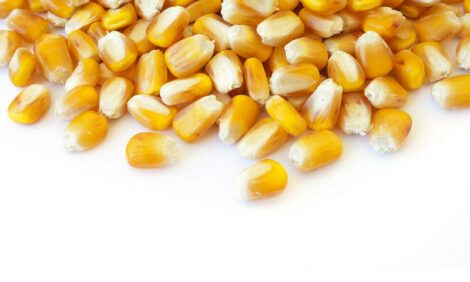



Should we manage cost of production or profit?
Selection indexes in the Genesus Genetic Program are a measure of profitability. Genomic Estimated Breeding Values (GEBV) are estimated for the key traits affecting profitability. The higher the Index the more profitable that pig is relative to all others in the population.When it comes to pig production companies, many take all decisions based upon cost of production. There are a couple of bits of logic in play here.
- The first is that pig meat is a globally traded commodity, so the logic says the producer with the lowest cost of production has the advantage.
- The second is that in pig production, we have no control of the price we sell our pigs for, so logically, control what we can at least partially control - the cost of production. If we keep our costs as low as possible, then we will make the most profit.
The problem is, that in reality, both bits of logic are flawed. Firstly, even though pig-meat is globally traded, the price paid for pork around the world varies greatly. Looking at the Genesus Global Market Report from last week, for countries we publish prices from, the lowest was at $1.34 per live kg and the highest at $3.92 per kg which is nearly 3 times higher. The second problem is that the assumption of lowest cost, because you can’t change sales price does not take into account volume of sales. In many circumstances, even with a higher cost of production, if sales volume is increased then so is profitability.
The Genesus philosophy is that maximising profitability is rather important in business and that focusing totally on cost of production in many circumstances does not give maximum profits. That does not mean for one minute you should not look at costs, it means fully understanding the effect certain production factors have on cost and profitability.
To help with this, Genesus, in collaboration with Commodity Professionals, has developed the Genetic Value Calculator. This is a powerful diagnostic tool that allows 2 scenarios’ to be compared. What is the effect of scenario A vs scenario B. This tool allows us to start with 2 identical farms, and change production parameters one at a time to see the economic effect.
One of the most misunderstood production numbers is FCR (Feed Conversion Ratio or Feed: Gain). I used to work for a very large international integrated production system. When looking at a new terminal boar, the only number really considered was FCR because “all we care about is lowest cost of production”.
Of-course if all other production parameters are identical, then FCR has significant effect on cost of production and profitability. At today’s feed price, a reduction in FCR of 0.1 is worth $3.90 per pig or $113,000 per 1,000 sows assuming all other factors are exactly the same.
I recently read an article on reducing cost of production. The writer, an established global consultant suggested that one way was to reduce slaughter weight, correctly making the point that as pigs get heavier, then FCR gets worse and cost of production gets higher.
Using the Genesus GVC and again identical figures, except for on one side a 5kg heavier pig at slaughter. Indeed, FCR is worse for the heavier pig (2.83 vs 2.80) . Total cost of production is higher ($166.29 vs $158.75) and cost of production per kg is higher ($1.26 vs $1.25). So absolutely reducing slaughter weight does indeed reduce cost of production. However, looking at profitability, the heavier pigs make $30,357 more in profit. Very significant on 1,000 sows’ farm.
Genetically, selection for FCR as a trait, reduces feed intake. Reducing feed intake can lead to lower growth rate. Reducing feed intake means, to maintain growth rate requires feeding more energy dense diets and diets with higher lysine to energy which are more expensive! A difference of just $12 per tonne for finisher feed totally wipes out all of the advantage of 0.1 FCR.
Genetically selecting for FCR also produces paler pork and tougher pork. The mechanisms of this are not important for this article.
Selection for reduced FCR that leads to lower feed intake also reduces the ability of the pig to deal with challenges. This results in higher levels of treatments, higher mortalities, more cannibalism, greater variation is size of pigs around slaughter meaning more time to empty rooms or more pigs sold as culls rather than prime.
A 1% difference in finisher mortality, again on 1,000 sows, affects profitability by $26,997 but has little effect on cost of production; 1% more culls reduces profit by $8,890. Reducing cycle time in finisher by a week due to being able to close batches quicker is worth $24,649.
So, one last time back to the same 1,000 sow farm, with one at 2.8 FCR and the other at 2.7 but then considering:
- lower cost feed,
- 1% lower mortality,
- 1% lower culls,
- 7 days less to turn buildings,
The farm with the higher FCR is $58,317 more profitable. A true understanding of what affects profitability has allowed Genesus to develop truly the most profitable pig.









